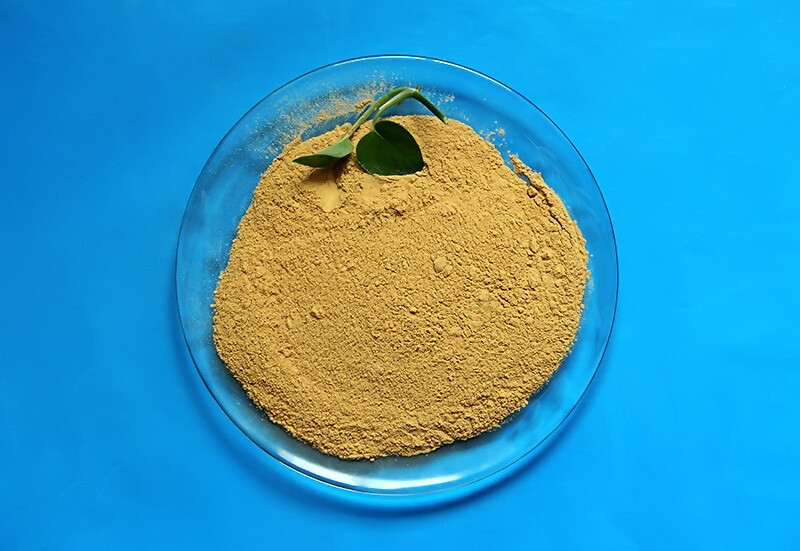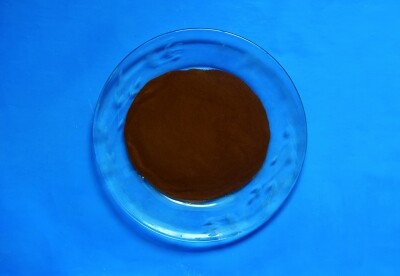PRODUCTS
Product classification
Calcium Lignosulphonate
Calcium lignosulfonate acts as a highly effective water - reducing agent in concrete production. It can disperse cement particles, enabling the release of the water entrapped within the cement particle aggregates. This leads to a reduction in the amount of water required in the concrete mixture while maintaining its workability. As a result, the strength and durability of the hardened concrete are enhanced.
2. Slag binder in the smelting industry
In the smelting industry, calcium lignosulfonate is used as a slag binder. It is mixed with powder to form powder balls. These powder balls can improve the smelting process. They can better interact with the slag, promoting more efficient separation between the slag and the metal being smelted, and potentially enhancing the quality of the final smelted products.
3. Feed adhesive
When used as a feed adhesive, calcium lignosulfonate can increase the palatability of the feed for livestock and poultry. This makes the feed more appealing to them, which in turn encourages higher feed intake. Additionally, it can strengthen the feed particles, reducing the amount of loose feed powder. By reducing the amount of powder, the rate of powder returning during feed handling and storage is decreased, ultimately helping to cut down production costs.
Product Description
Calcium Lignosulphonate is an important lignin derivative. The following is a detailed introduction to it: ### Basic Information - **Chemical Formula**: Generally, it can be expressed as $(C_{20}H_{24}CaO_{10}S_{2})_n$. - **English Name**: Calcium Lignosulphonate or Calcium lignosulfonate. - **CAS Registry Number**: 8061 - 52 - 7. ### Physicochemical Properties - **Appearance**: Usually, it is a brown or dark brown powder, and the color may vary slightly depending on the raw materials and production processes. - **Solubility**: It is soluble in water and can form a viscous solution in water. - **Stability**: It has good chemical stability and can remain stable within a certain temperature and pH range. However, it may decompose or deteriorate under extreme conditions such as strong acids, strong alkalis, or high temperatures. ### Production Process It is mainly produced through the lignin sulfonation reaction in the sulfite pulping process for papermaking. Using plant fibers rich in lignin, such as wood and bamboo, as raw materials, under the conditions of sulfite and certain temperature and pressure, lignin reacts with sulfite to form lignosulfonate. Then, through a series of process steps such as separation, purification, concentration, and drying, the calcium lignosulphonate product is obtained. ### Application Fields - **Concrete Admixtures** - **Water - reducing Effect**: It can adsorb on the surface of cement particles, disperse the cement particles from each other, and release the water trapped by the cement particles. Thus, it reduces the water consumption of concrete and can effectively improve the strength of concrete while maintaining the workability of concrete. - **Retarding Effect**: It can delay the hydration reaction of cement and prolong the setting time of concrete. This is very important in the construction of mass concrete or in high - temperature environments, as it can prevent the premature setting of concrete and facilitate construction operations. - **Pesticide Field** - **Dispersant**: As a dispersant for wettable powder pesticides, it can make the active ingredients of pesticides disperse evenly in water, form a stable suspension, improve the spraying effect and utilization rate of pesticides, and reduce the waste of pesticides and environmental pollution. - **Synergist**: It helps pesticides adhere better to the surface of crops, enhances the penetration and absorption of pesticides, and thus improves the insecticidal, bactericidal, and other effects of pesticides. - **Other Applications** - **In the Dye Industry**: It is used as a dispersant and leveling agent to help dyes disperse evenly in the dye liquor, making the dyeing more uniform and the color more vivid. - **In Water Treatment**: It can be used as a water quality stabilizer. It can form complexes with metal ions in water to prevent the formation of scale. At the same time, it also has a certain corrosion - inhibiting effect to protect water treatment equipment. - **In Refractory Materials**: It is used as a binder, which can improve the strength and stability of refractory materials and enable them to maintain good performance in high - temperature environments. ### Environmental Characteristics Calcium lignosulphonate is a derivative of natural polymers and has certain biodegradability, causing less pollution to the environment. During the use process, its chemical properties are relatively stable, and it will not cause persistent harm to the environment like some synthetic chemicals, meeting the requirements of modern industry for environmentally friendly materials.
Get a Free Quote
Related Products
Get in Touch
*We respect your confidentiality and all information are protected.


